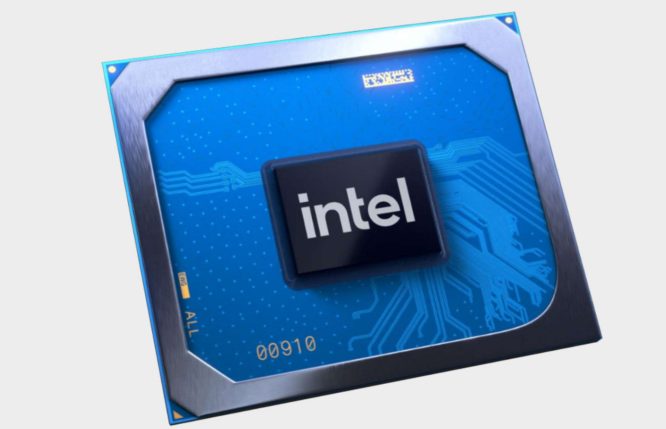Open Image Denoise is one of Intel’s dozens of excellent open-source components, including the many components comprising their one API software suite. Open Image Denoise has been an excellent, high-performance denoising library for ray tracing for many years.
Using modern instruction set extensions, the software has been CPU-based for a long time while remaining highly performant. Open Image Denoise 2.0 is released today and supports GPU acceleration on Intel, AMD, and NVIDIA graphics processors.
Open Image Denoise 2.0 features GPU acceleration, similar to other Intel oneAPI rendering components that were CPU-based for a long time but have since been extended to support GPU acceleration, allowing modern Intel Xe Graphics / Data Center GPU Flex Series / Intel GPU Max hardware to take advantage of its capabilities with this software.
SYCL for Xe GPUs, NVIDIA CUDA, AMD HIP in Intel’s Open Image Denoise 2.0

Open Image Denoise 2.0 enables the use of SYCL on all Intel Xe DG2/Alchemist GPUs, ranging from the desktop Arc Graphics to the Intel GPU Max series. As with numerous other Intel oneAPI components, in addition to supporting their own dGPUs, support for other graphics vendors has also been enabled.
Complementing the SYCL back-end, OIDn 2.0 also supports NVIDIA CUDA and AMD HIP, allowing this denoising library to support hardware from multiple vendors.
Open Image Denoise 2.0 also includes new API additions, support for asynchronous execution, a physical device API for interrogating supported devices on the system, and numerous other enhancements.
GitHub provides information on the Open Image Denoise 2.0 release as well as the ability to obtain the Apache 2.0 licensed source code or Windows, macOS, and Linux binaries. Visit OpenImageDenoise.org if this is your first time hearing about this excellent open-source project. As time permits, I will test OIDn 2.0 on multiple CPUs and GPUs for Linux.

